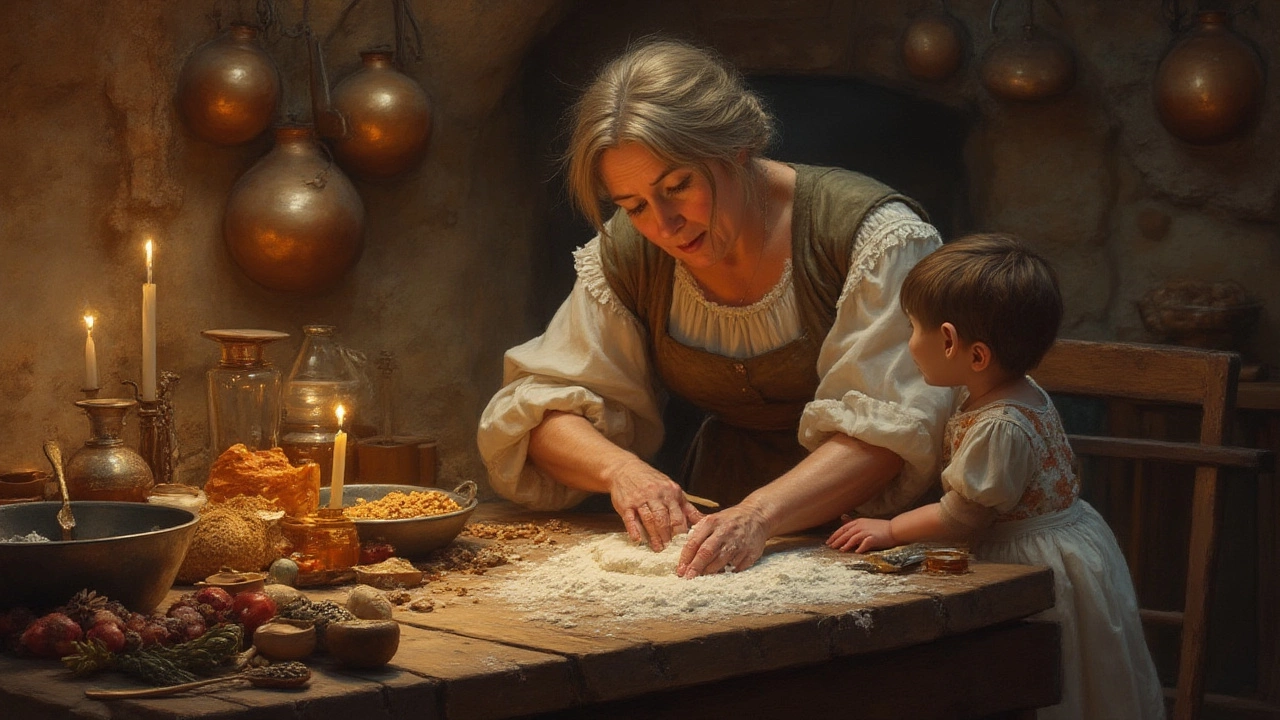
4 Ancient Cookies: Sweet Origins of History’s Oldest Treats
Ever wondered what the very first cookies were like? Dive into the rich, crumbly roots of four ancient cookies that started it all.
Ever wonder why a simple cookie feels like a time machine? Every bite carries a story that starts centuries ago. Below we break down the most iconic cookies, where they began, and a few tricks to bake them with a vintage twist.
Cookies didn’t pop up overnight. The earliest versions were Greek koulourakia—spiced, buttery rings baked for religious festivals. Arab traders later introduced sugar and spices to Europe, turning those simple biscuits into richer treats. By the 14th century, Italian convents were whipping up biscuits di frutta, small almond cakes that resembled today’s shortbread.
Fast‑forward to the 1600s, when Dutch settlers in America brought over jumbles, hard, twisted cookies made with molasses. Those crunchy morsels were perfect for long ship voyages because they kept for weeks. The name “jumbler” eventually morphed into “jumble,” and the recipe spread across the colonies, laying groundwork for the modern cookie.
Take brownies, for example. Though most think of them as a 20th‑century invention, the concept traces back to the 1890s when a chef at the Palmer House Hotel in Chicago added a chocolate glaze over a traditional cake. The result? A denser, fudgier slice that quickly earned the nickname “brownie” because of its color.
Oreos, the black‑and‑white sandwich cookies we love today, began in 1912 as the “Oreo Biscuit” at the National Biscuit Company. The original design was a simple chocolate disk with a vanilla cream. Over the decades, the brand experimented with flavors, sizes, and even vegan versions—something our vegan Oreo guide talks about in detail.
What about the humble chocolate chip cookie? The story goes back to 1938 when Ruth Wakefield, owner of the Toll House Inn, ran out of baker’s chocolate. She broke a bar of semi‑sweet chocolate into small pieces, expecting them to melt. Instead, the chips held their shape, creating the first chocolate chip cookie. That accidental innovation still dominates the cookie aisle.
Even sugar cookies have a backstory. They began as “sugar biscuits” in England during the 1700s, when refined sugar became affordable. The light, crisp texture made them ideal for decorating with royal icing, a tradition that continues in today’s cookie‑cutting parties.
Want to bake a historic cookie at home? Start with a basic spice biscuit recipe—flour, butter, a pinch of salt, and a blend of cinnamon, nutmeg, and ginger. Roll the dough thin, cut into shapes, and bake until golden. The aroma will instantly transport you to a medieval banquet.
For a modern twist on a classic, try a brownie‑like “fudgy cookie.” Mix equal parts melted chocolate and butter, add a splash of espresso for depth, and fold in a handful of walnuts. Scoop onto a tray, bake just until the edges set, and you’ll get a chewy, cake‑like center that pays homage to both the original brownie and the cookie.
History isn’t just about dates; it’s about flavors that survived centuries because they’re simply delicious. Whether you’re a novice baker or a seasoned pro, knowing where your favorite cookies come from adds a layer of appreciation to each bite.
Now that you’ve got the backstory, go ahead and experiment. Swap a spice, try a different flour, or add a dash of sea salt. Your kitchen can become a little museum—one that smells amazing and tastes even better.

Ever wondered what the very first cookies were like? Dive into the rich, crumbly roots of four ancient cookies that started it all.